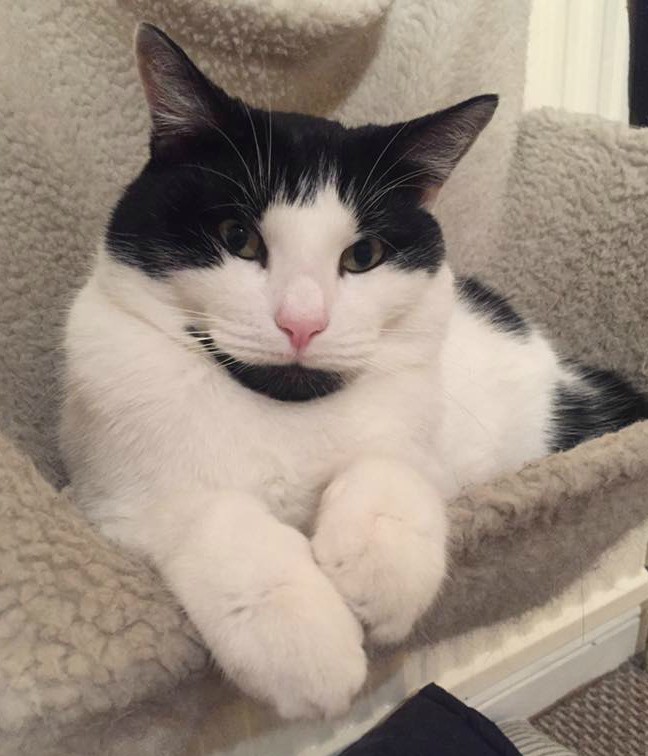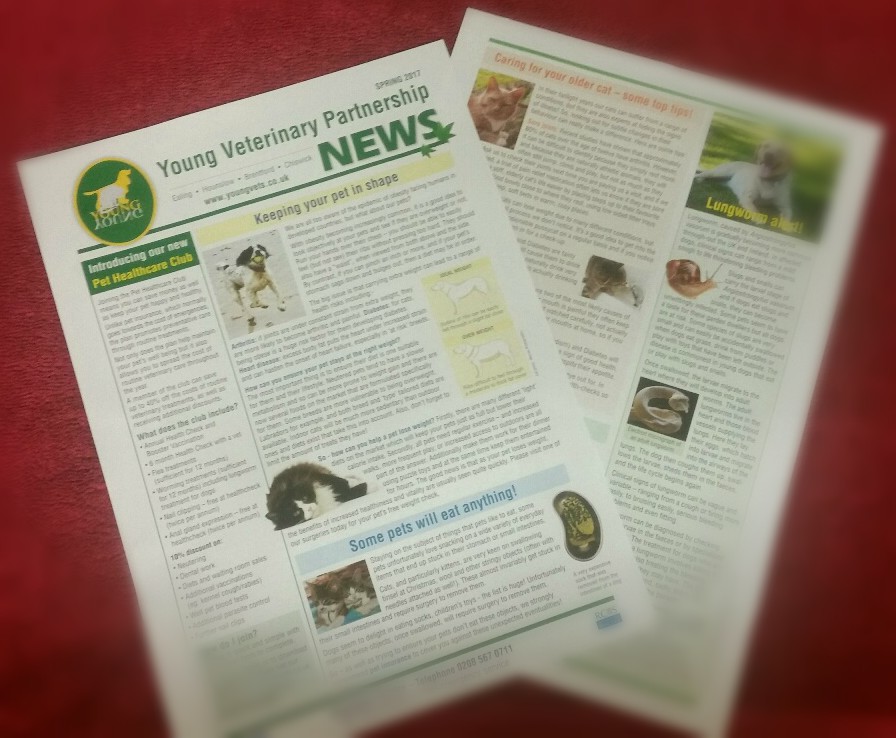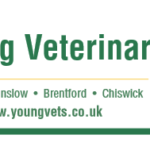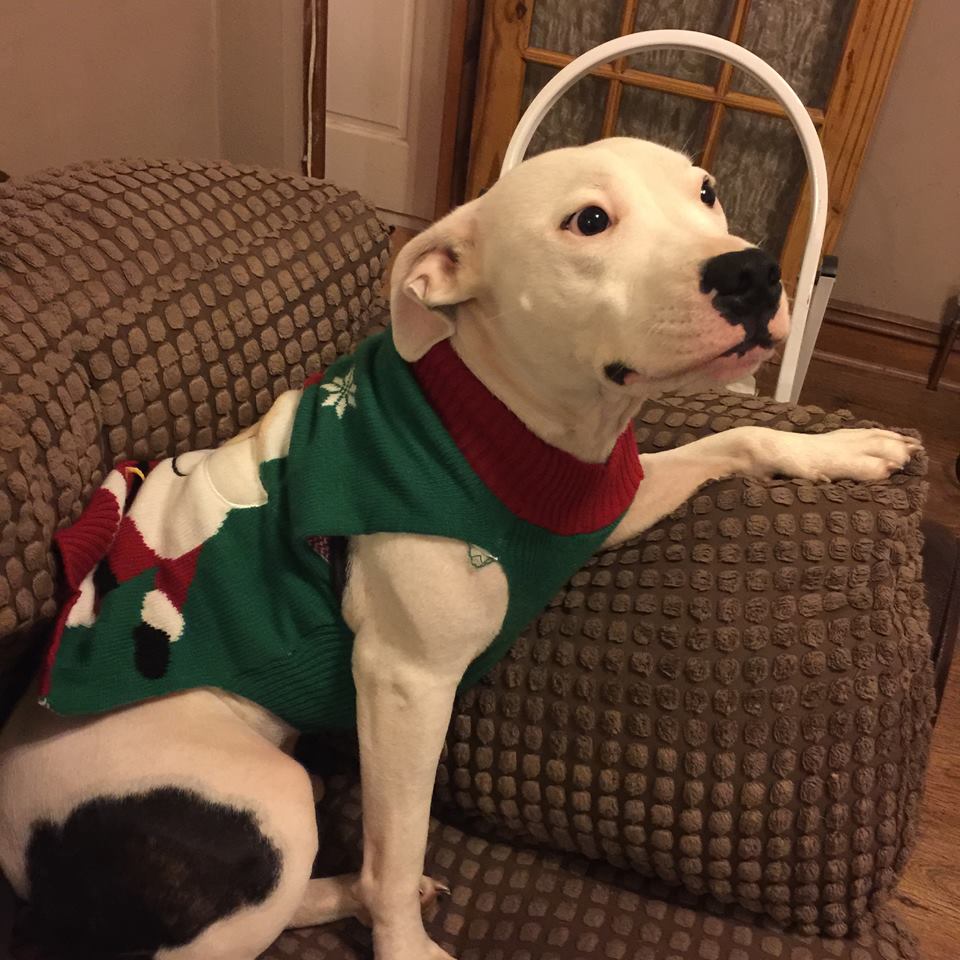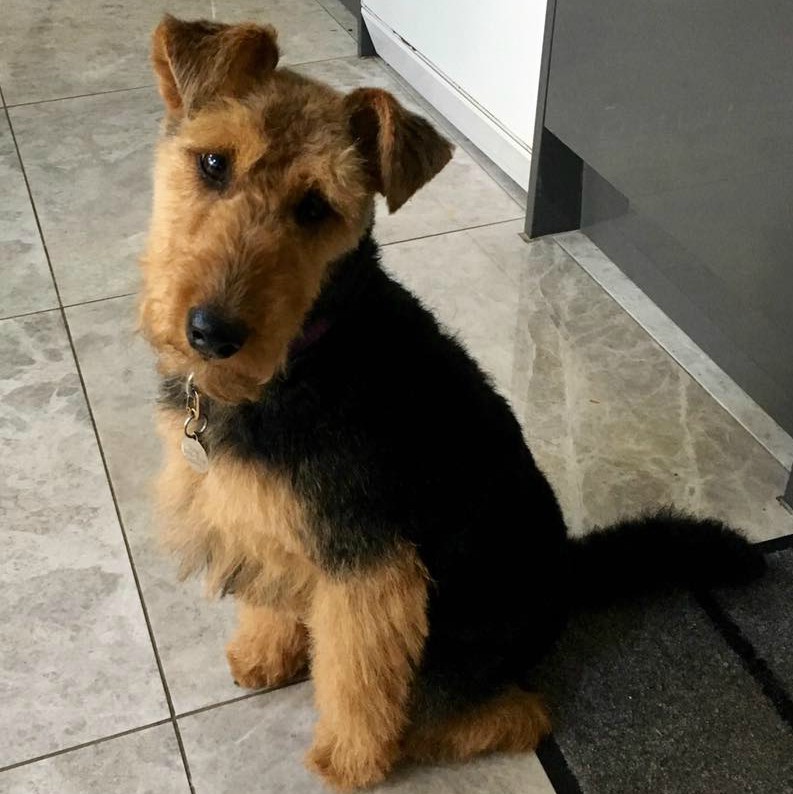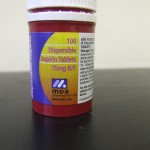We want your pet to be as happy to see us as we are to see them!
One of the first things to help create this trust is to drop in, particularly when your pet is young if you need a reason, our nurses and reception team love cuddles with your puppies and kittens and usually have a spare treat or two for them but we also offer free weight checks. This allows us to keep a record ensuring they’re growing up and gaining weight as they should be.
If you are nervous about the visit don’t be! Our staff are highly experienced and have seen and heard it all. If it concerns you then please ask us , no question is too silly. Remain calm and ‘normal’ as your pet will pick up on any anxiety you may be feeling.
When visiting with cats we strongly recommend travelling your cat in a secure carrier not in your arms, even the calmest of cats can get stressed. If you have time, leave your carrier out a few days before your appointment, so your cat can climb in without being rushed. Try leaving a few treats and toys inside to tempt an investigation! Placing a towel over your carrier in the waiting room can help anxious cats – if you need one just ask us.
When travelling with dogs Invest in a doggie ‘seat belt’ or secure caged area of your car. If your dog suffers car sickness travel them on an empty stomach. Allow plenty of travel time so you are not rushed or late. Please keep your dog by your side in the waiting room. A vet practice can be a stressful place for pets and your laid back family dog could become stressed and snappy towards other dogs.
Practice ‘vet checks’ at home. Your pet is never to young or old to do this training: Gently look inside your pets eyes and ears, teeth and mouth, practice lifting each paw in turn and nail clipping this is something that can be done at home, check out our free guide> Cats and Dogs. Feel your pet all over from toe to tail. Spend 5 minutes a day practising the ‘all over’ handling and your pet will find an examination ‘normal’, when they come to us.
If you are coming in for a specific problem i.e. behaviour or tummy troubles write a diary of events and problems. Try to include what foods they’ve eaten, treats, where they have been park , swimming, times of day all of these things may be useful when finding a diagnosis.
Please ask our vets to write notes for you to take home if you are concerned you may not remember something that was mentioned or bring a friend or family member for help and support.
We do our very best to ensure that you are seen on time at you appointment time but emergencies and unpredictable cases can happen so please bear with us, our reception team will endeavour to keep your updated if the consultations are running a few minutes late.

